There can be your advertisement
300x150
Provence Style in Interior Design
Provence style is for those who are tired of megacities, seeking comfort and warmth of country life, rural lifestyle attributes, and an eco-friendly environment
No wonder that the style, also called French countryside, is associated with concepts such as peace, comfort, warmth, seclusion, lightness, tranquility, and harmony.
History of Origin
In the seventeenth century, French bohemians joined with the emerging bourgeoisie to settle in rural areas. They were eager to escape urban hustle and bustle to enjoy the enchanting landscapes of the countryside. Others were simply drawn to the historical roots of their origins. The Provence region in southeastern France was chosen. Hence the popular name for this style.
Their homes were built with Gallic elegance. The stiffness of urban houses gave way to refined simplicity. Writers and artists of France at that time also appreciated all the charms of this emerging trend in a new stylistic direction. By the nineteenth century, all of Europe knew about the Provence style and eagerly adopted it wherever possible. This phenomenon became almost a lifestyle for the bourgeois class.

Provence Style in Modern Interior Design
The Provence style is now used in the design of not only country houses and cottages but also in elements of urban apartment decoration. Many are drawn to its unpretentious refined simplicity, eco-friendliness in the choice of natural materials for finishing and aged furniture, variety of light pastel shades throughout the interior, wide possibilities for selecting decor and textiles, floral motifs with live houseplants, and attention to natural lighting with airy curtains.
Provence style design tends primarily towards the decoration of kitchens, living rooms, bedrooms, hallways, and even balconies in urban apartments.
Provence style motifs on the kitchen counter:
airiness of space with open surfaces;
solid dining table with rustic chairs;
beautiful jars with country herbs on display;
clay dishes and jugs;
wooden ceiling with beams;
natural materials in finishing and whitewashed colors on furniture surfaces;
paintings, panels with vegetables, fruits, flowers, and herbs.
The bedroom is filled with colors and floral motifs. Abundance of natural textile, pillows in various shapes with hand embroidery, pendant lights made by hand, paintings with rural landscapes painted in oil, ornate elements of chandeliers – all create a clear sense of the energy of the style.
The hallway is executed in the same stylistic direction. Old furniture is welcome: chests of drawers, wardrobes.
Special attention in Provence style design is paid to lighting in interior rooms. Living room chandeliers by themselves are somewhat rustic, with ornate elements without modern hi-tech "tricks" in white, bronze, or black finishes. The abundance of candleholders pointing upwards is welcome. For the bedroom, a wooden chandelier with bronze or brass fittings is chosen. Ceramic lamps "ask" for fabric shades. The pattern on them is the same – floral.
Characteristics of the Provence style on a balcony or loggia:
brick texture (possibly painted or varnished);
ornate grill of the balcony railing;
light-colored wallpapers with small floral patterns;
all finishing materials are natural or imitating stone;
the walls can be clad with tongue-and-groove boards in slightly whitewashed paint and artistically artificially aged surface;
flooring is either wooden, ceramic tiles, or ceramic granite;
the ceiling is decorated with stylized beams;
notes of Provence will add paintings in wooden frames, proportionally sized to the space being decorated.
Photo: Hallway with elements of Provence style
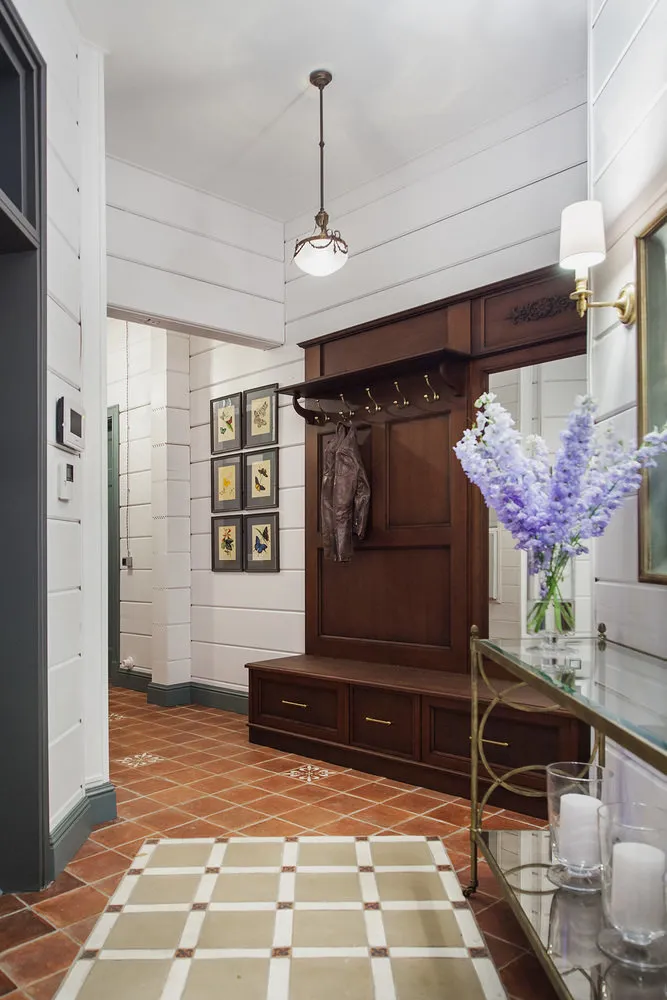
Photo: Door decoration in a cottage
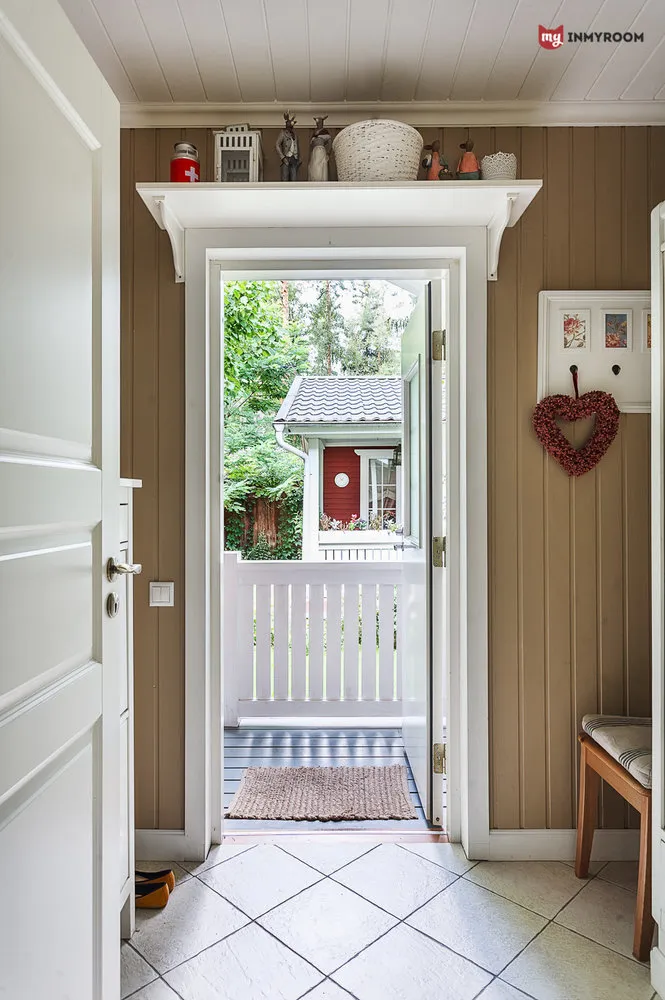
Cozy Scandinavian house in Kratovo
Photo: Entrance area

Advice from Architect Nikita Morozov
Photo: Living room in French Country style
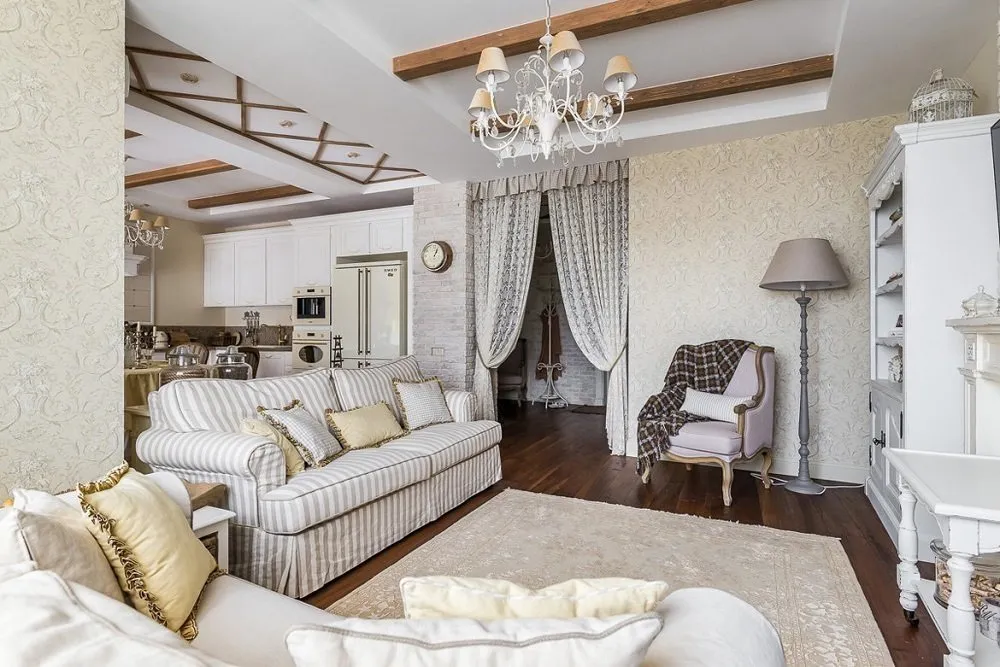
Design: Svetlana Yurkova
Photo: Decorative elements

Designer: Evgenia Matveenko, architectural bureau FlatsDesign
Photo: Modern dining room with elements of the style
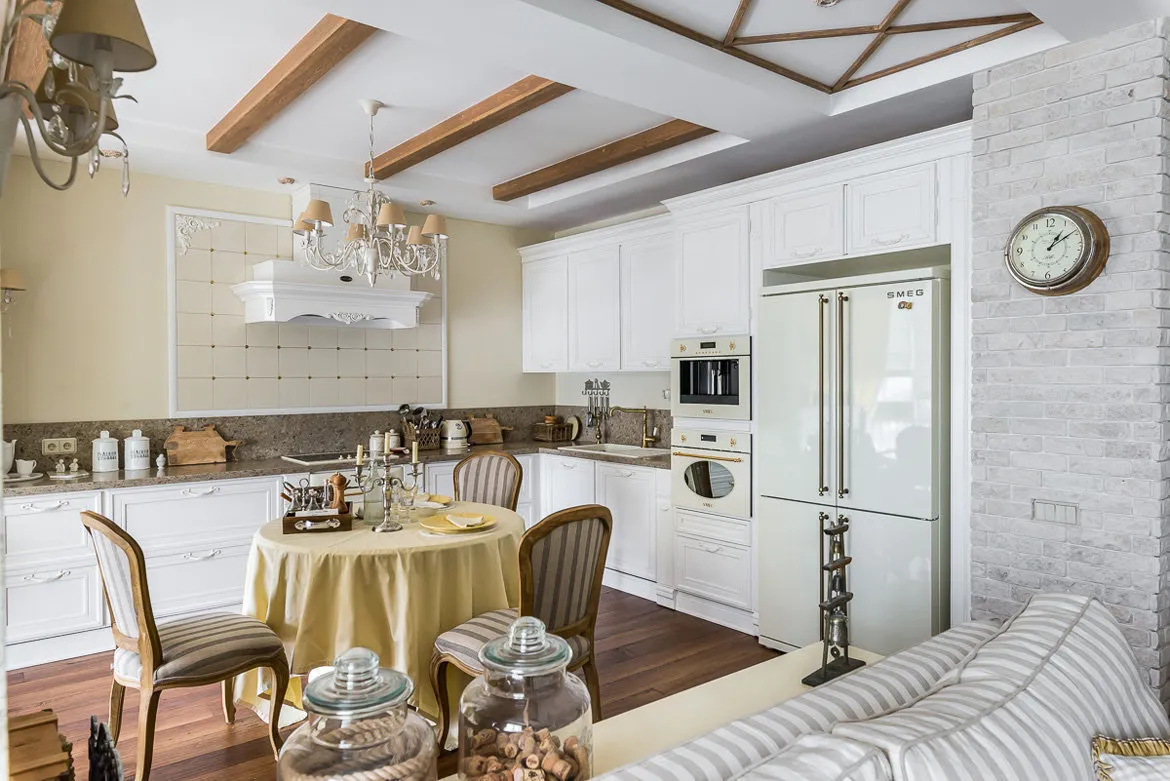
Design: Svetlana Yurkova. Country and Provence – What's the Difference?
Although the Provence style is unofficially called French Country, there are distinct differences between these two directions:
- Countryside style implies the use of bright colors in interior decoration and finishing;
- Provence is saturated with light tones on walls and decor: colors and paintings;
- Bright textiles and an unmistakable floral component – a clearly defined distinctive feature;
- Provence style, due to warm climatic conditions, tends toward large windows;
- Houses in Provence are more minimalist, without excessive decoration, intuitively reminiscent of Mediterranean style with white exterior paint;
- Ornate decorative elements in refined artistic execution are not characteristic of Country style;
- Provence associatively harmonizes well with sun, sea, warmth, fruits, herbs, meadows…
In short, with the best, ideal, "otherworldly" mood!
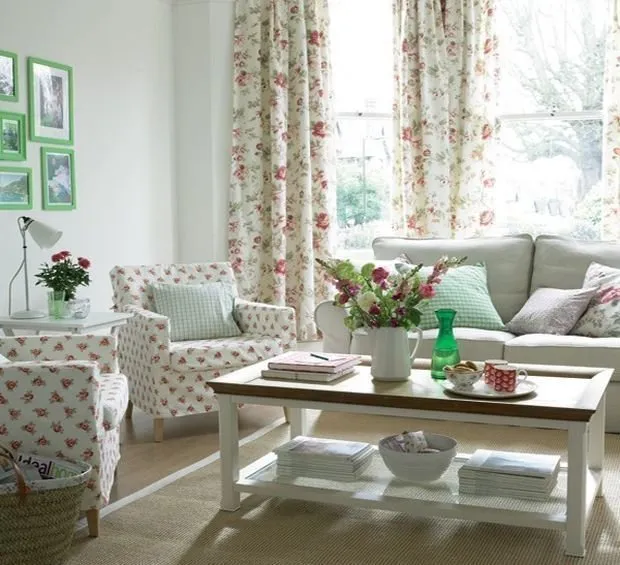
Furniture in the Provence Style
Furniture in the Provence style hides all elements of harmony with the surrounding environment behind its outwardly simple appearance. It is predominantly wooden and painted. Colors: traditionally all shades of white and pastel, green, pink, yellow, blue, in short, the colors that characterize the sky, air, field, and water surface. Variations with natural wood texture painted in lacquer are also seen.
For the style, ornate beds, armchairs, shelves, and racks are characteristic; vintage furniture – chests of drawers, wardrobes, large dining tables made from
More articles:
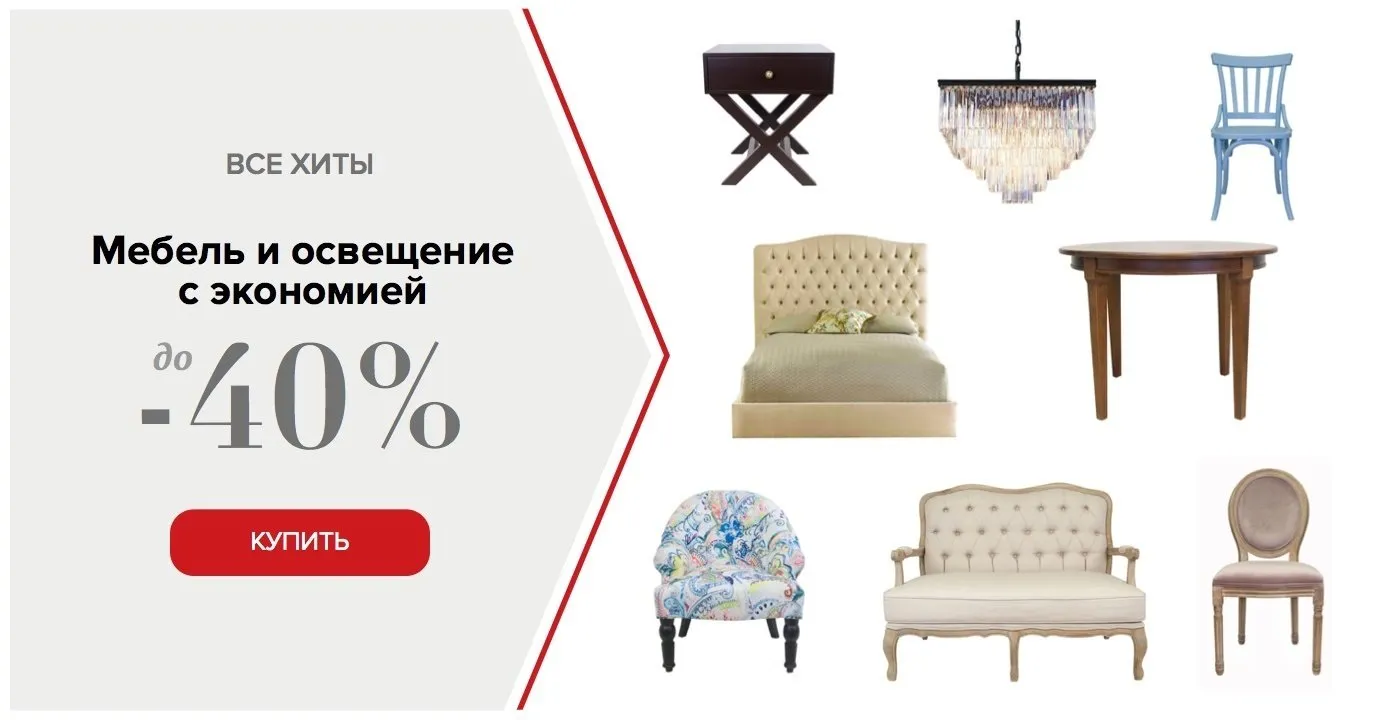 Stylish Design + Good Discounts: 7 October Promotions
Stylish Design + Good Discounts: 7 October Promotions Internal Fill of Wardrobe Closet, Photo Examples of Design
Internal Fill of Wardrobe Closet, Photo Examples of Design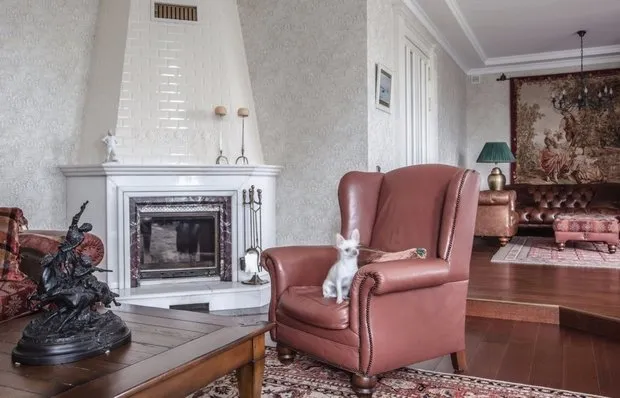 Interior in English Style
Interior in English Style 3 New Ways to Decorate Interior with Plants
3 New Ways to Decorate Interior with Plants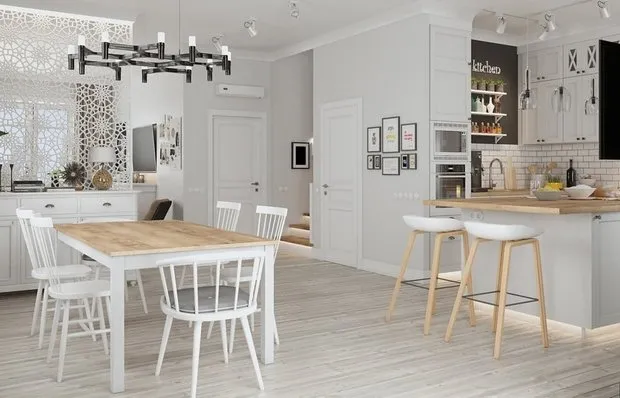 How to Make Your Home Safe During and After Renovation
How to Make Your Home Safe During and After Renovation 10 Beautiful Instagram Accounts About Design
10 Beautiful Instagram Accounts About Design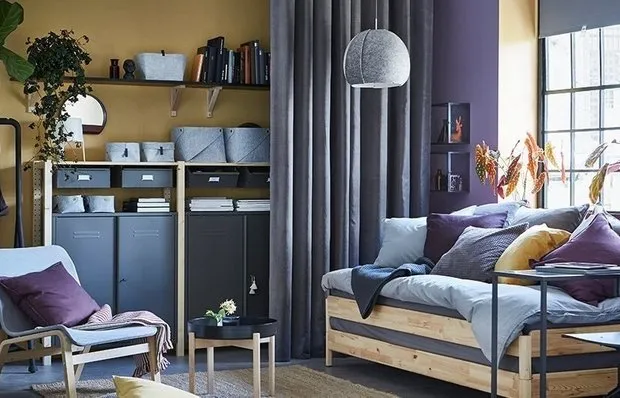 What to Buy at IKEA: 8 New October Items
What to Buy at IKEA: 8 New October Items Arranging the Living Room in a Panel House: 5 Ideas
Arranging the Living Room in a Panel House: 5 Ideas